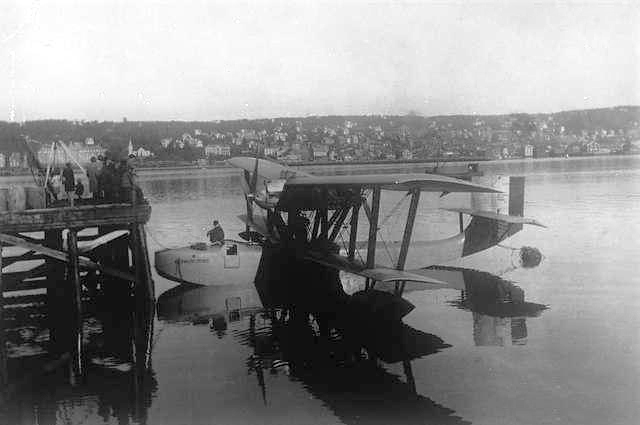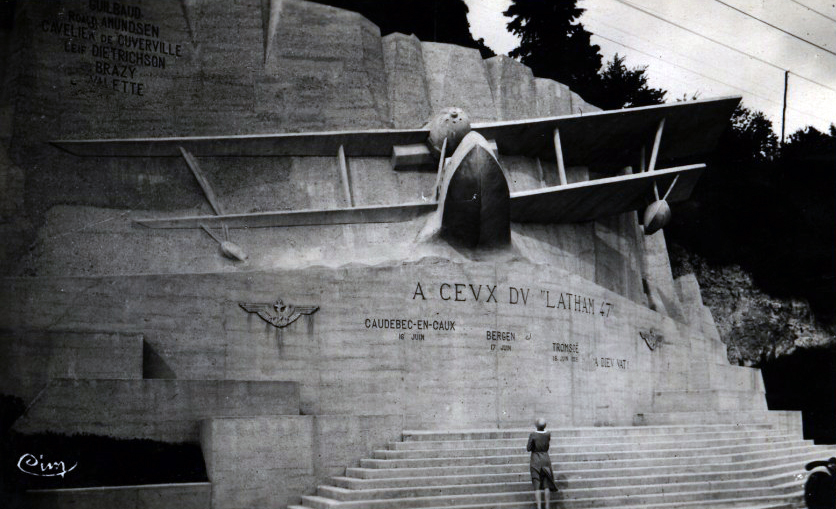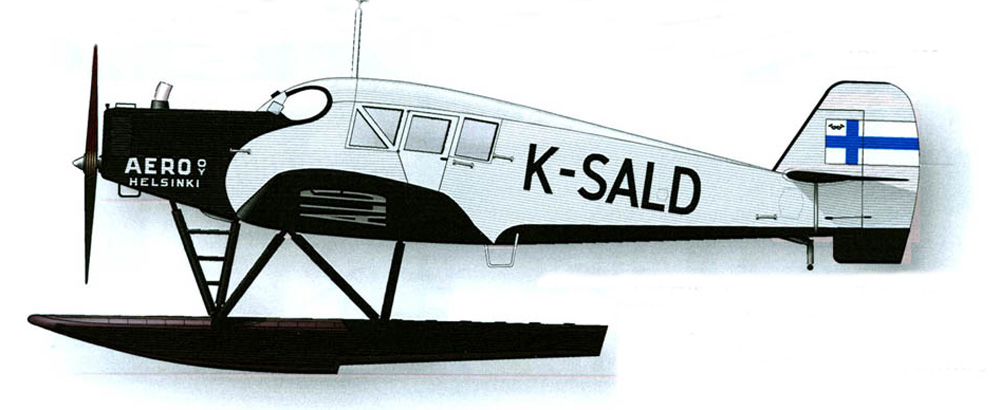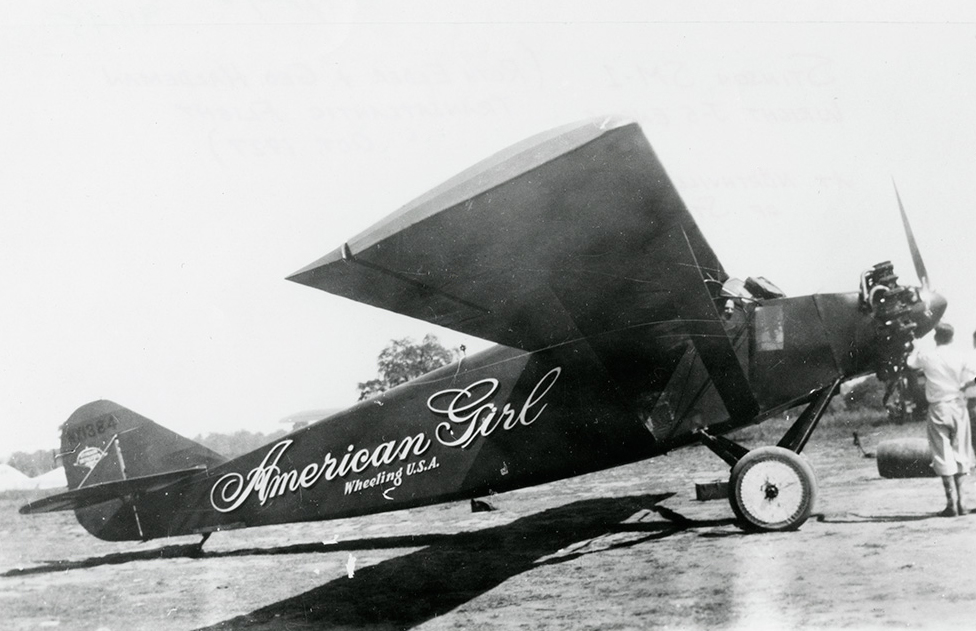Crash of a De Havilland DH.60G Moth in the Atlantic Ocean: 1 killed
Date & Time:
Oct 18, 1928
Registration:
G-EBWV
Survivors:
No
MSN:
566
YOM:
1928
Crew on board:
1
Crew fatalities:
Pax on board:
0
Pax fatalities:
Other fatalities:
Total fatalities:
1
Circumstances:
The pilot, Lt Henry C. MacDonald, was engaged in a nonstop transatlantic solo flight from Newfoundland to England. He departed St Johns in the afternoon of 17 October 1928. Some 7,5 hours later, the single engine aircraft was spotted by the crew of the ship named 'Hardenberg' some 600 miles off the Canadian coast. This was the last contact with the aircraft that disappeared in the ocean. No trace of the aircraft nor the pilot was ever found.











